The ultimate house viewing checklist
It takes just eight minutes for house-hunters to know whether a property is right for them
It’s easy to fall in love with a property for one or two reasons but this house viewing checklist from We Buy Any Home highlights how important it is to evaluate all the elements that may stand in the way of making your house a home!
Research the local property market
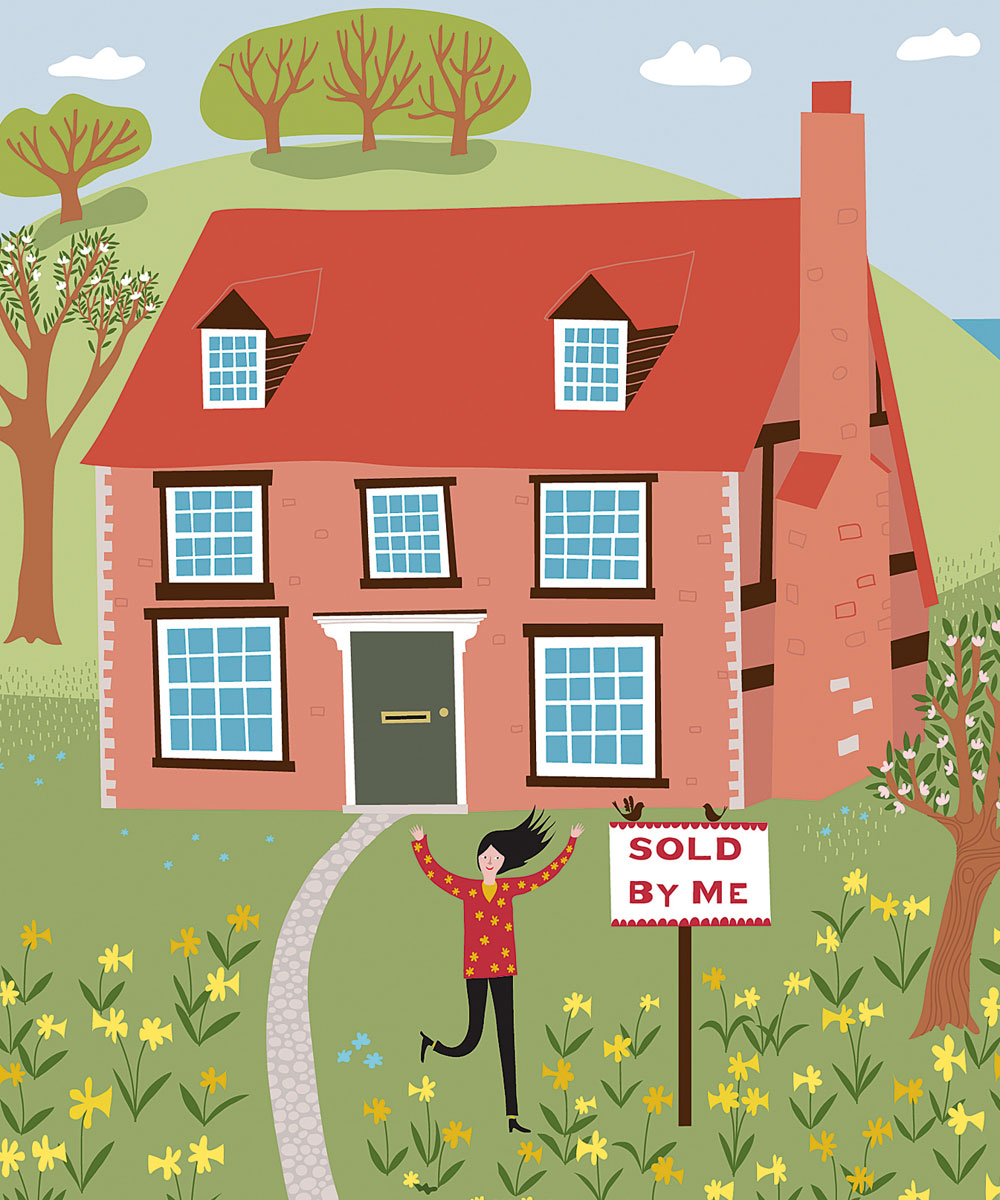
Before a viewing takes place, it’s vital that you carry out research into the performance of the local property market as this will help you to determine how much the property is truly worth. Use the internet and estate agent websites to investigate the average selling price for properties nearby and note these down.
Also take into consideration how the housing market is performing in the area at the time. If properties are moving slowly and changing hands for a lot lower than the original asking price, then you will be in a strong position to negotiate on the price.
Want more property inspiration? READ: Trying to get on the property ladder? The top help-to-buy hotspots are revealed
Investigate the surrounding area
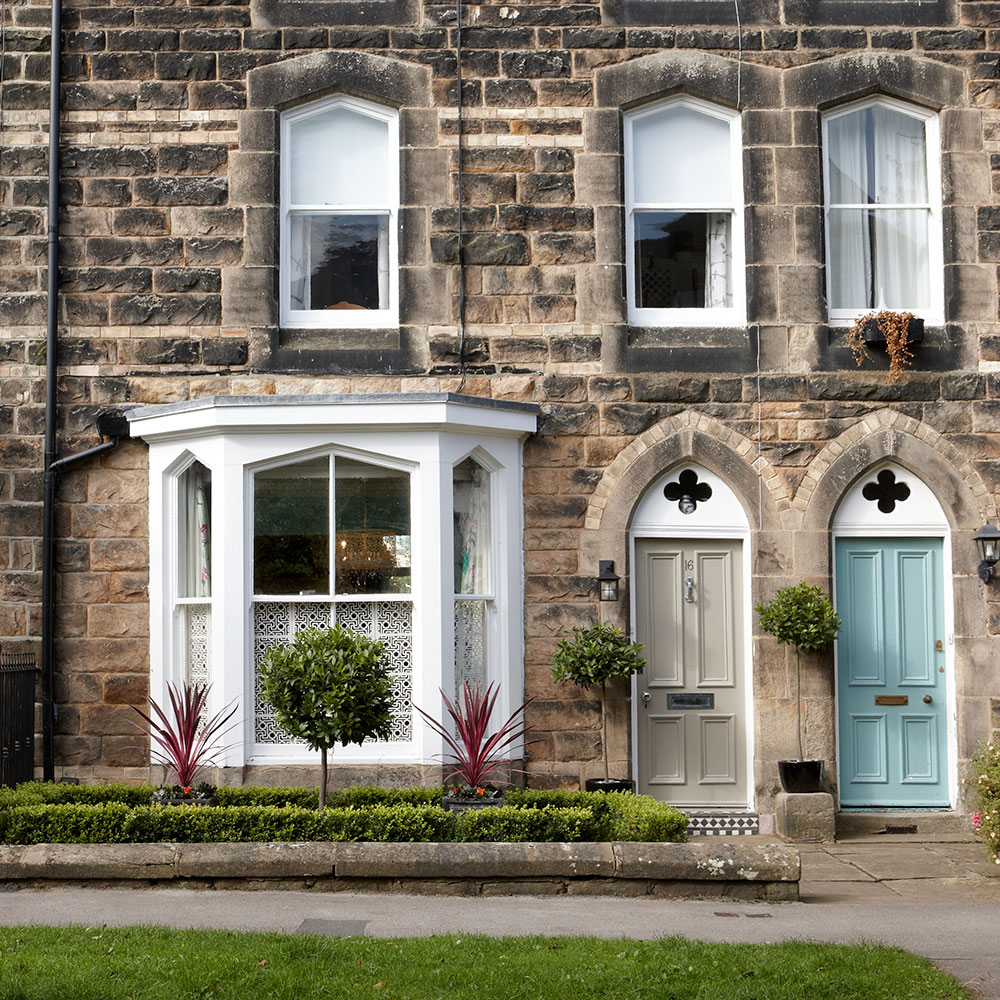
It’s always worth taking a stroll around the local town or neighbourhood to assess how close every day amenities and services are to the property you are viewing. Some key things to consider are:
Property location – Is the property located near any main roads? Will there be any noise disturbances or disruptive traffic? Are there any nearby trees or buildings which will block sunlight?
Public transport links –Is there a nearby train or a bus stop?
Sign up to our newsletter for style inspiration, real homes, project and garden advice and shopping know-how
Parking – How much space is there to park. Is it permit parking? Does the parking look busy?
Local amenities and services – Where is the nearest doctor’s surgery and supermarket?
School catchment areas – How many schools are nearby? What is their entrance criteria?
View the property more than once

It’s always sensible to visit the property on more than one occasion. The more times you view it, the more likely you are to spot any existing or potential problems. Remember, the seller doesn’t legally have to tell you about problems and may try to hide them. Cover-ups which we see a lot of, include painting over damp and hiding patches or scratches on the floor with rugs or furniture.
We recommend viewing the property at least two-three times, at different times of the week and during different times of day. By doing this, not only will you be able to look out for any hidden problems, but you will also be able to see how light or dark the property is depending on the time of day, assess the impact of surrounding traffic, and find out if there are any potential noise disturbances.
Even if the estate agent is putting pressure on you to make an offer, or there are other offers on the table, don’t rush into making an offer until you’ve spent enough time looking around the property. That quiet cottage you viewed at 3pm on Sunday afternoon might turn out to be noisy on a Monday morning when the working week begins!
For more home ideas. READ: How long does it take the average house-hunter to decide to buy a home?
Assess the structure of the building
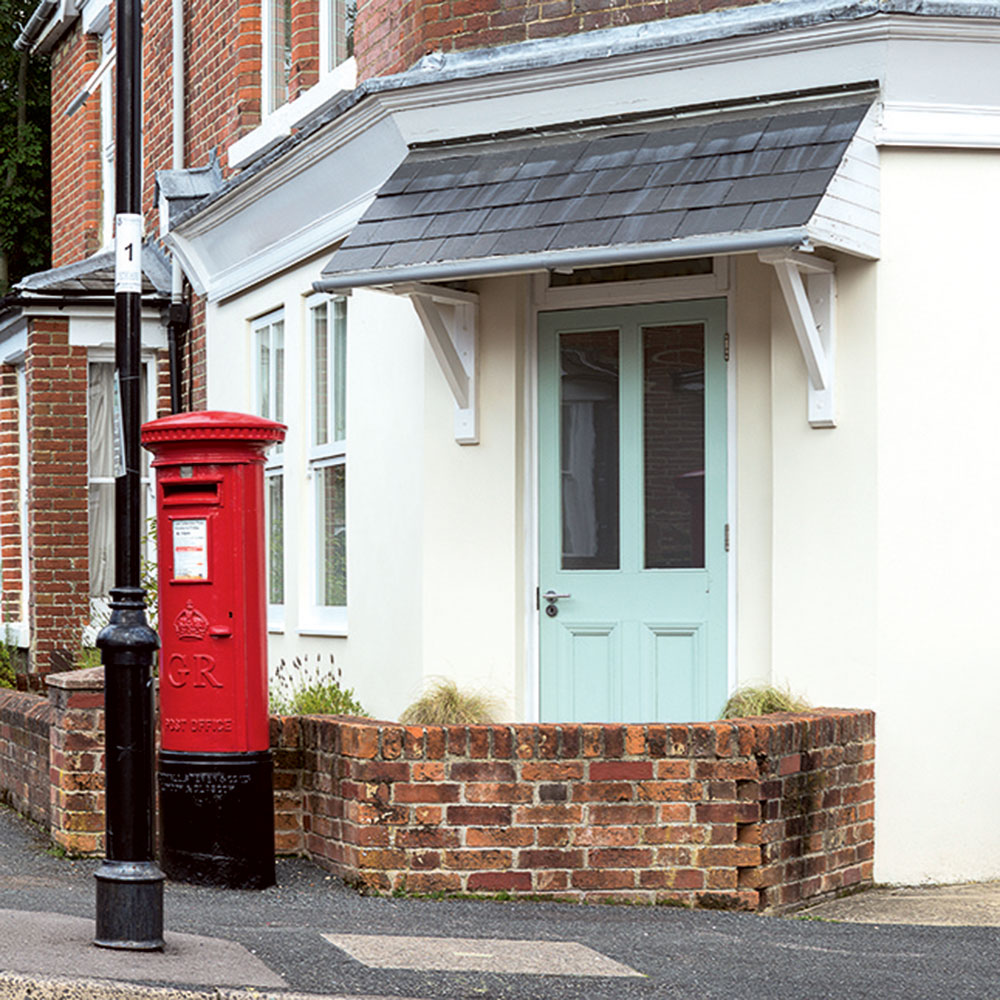
It’s very easy to focus on the interior of a property, and forget to look at the exterior. Make sure you walk around the outside of the house, looking out for anything that could lead to a problem later down the line – such as signs of damp, loose roof tiles, broken guttering, cracks in the walls etc.
If you do go on to make an offer and it gets accepted, you should always arrange an independent house survey to uncover any hidden issues with the property you're purchasing.
Check that utilities are in working order
It may sound like a straightforward task, but buyers often forget to double-check that all the everyday household utilities and appliances are working properly before making an offer.
As you move from room-to-room during a viewing, be sure to test out the below to make sure that they are in a good, working condition:
- Light switches and lighting
- Plug sockets
- Taps and water pressure
- Boilers and radiators
- Built in kitchen appliances (e.g. microwave, dishwasher, extractor fan, hob)
- If you do come across any problems, don’t be afraid to ask the estate agent to find out more about the problem and whether it will be fixed before the sale takes place.
Think about space
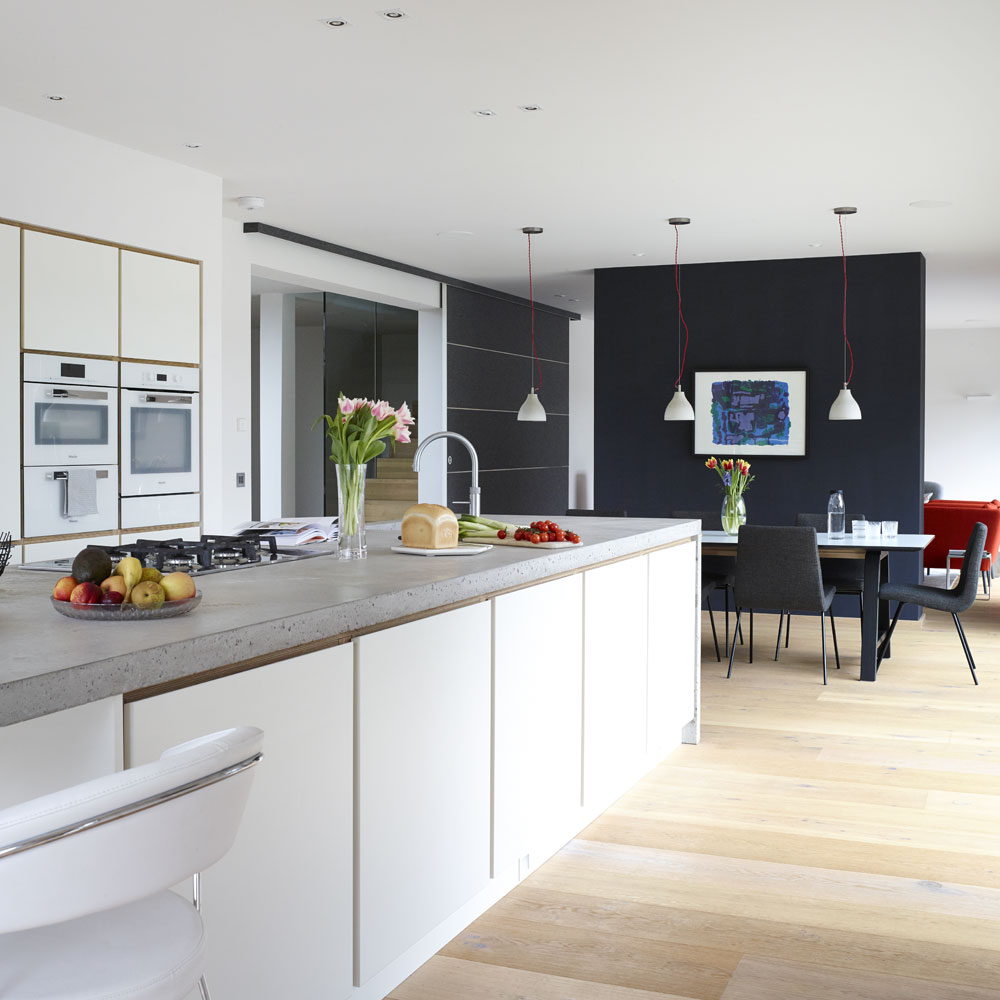
When you are viewing a property, remember it’s likely that it has been tidied and re-arranged to look spacious for the viewing. A brand-new property may even be empty, and seem bigger because it doesn’t have any furnishings.
During the viewing, try to imagine yourself living in the property and envision where your belongings will go. Check the amount of storage space available in each room and ask yourself; will all my possessions fit comfortably in here?
If you are returning for a second or third viewing, we always recommend taking a tape measure with you to check if your furniture would fit too.
Take pictures
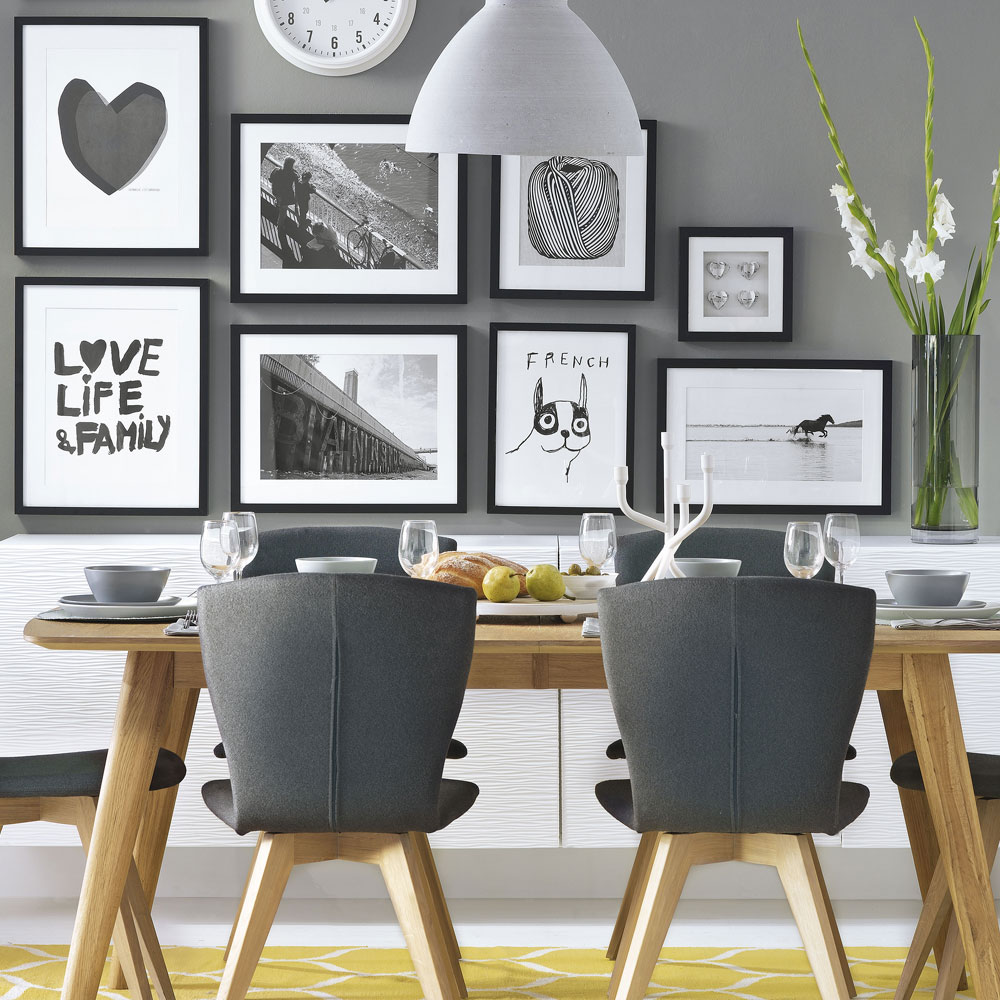
Taking lots of photos of the property will allow you to continue to evaluate the property in your own time even after the viewing has taken place.
Having photos to refer to will also help you to compare the property to other places that you have seen, and envisage where certain furniture or household items would live if you were to move there.
Be sure to ask your estate agent if they are happy for you to take images before you get your camera out. Agents usually won’t have an issue with you taking photos as it shows that you are genuinely interested in the property however, it is polite to ask just in case the current owner has an objection.
Ask questions
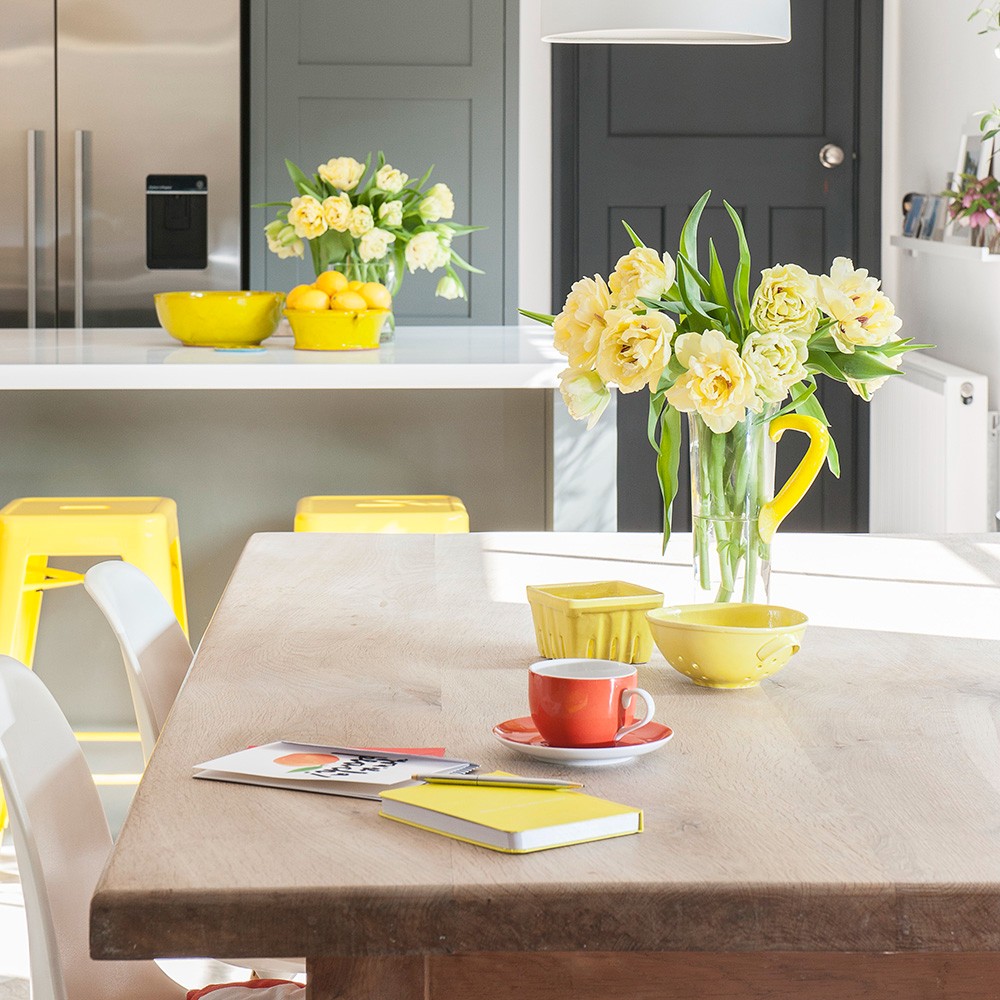
It’s important that you ask the estate agent lots of questions about the seller and the property, as this will help you to tailor your offer and buying strategy if you decide to make an offer. Some example questions include:
How long have the current owners lived in the property for?
What are their reasons for moving?
Have they made an offer on another property? If so, how far in to the process are they and when are they looking to move out?
How long has the property been on the market for?
Have there been many viewings?
You may not be able to get the answers to all of these questions during the viewing, but any information you can find out is a good starting point and you should follow up with the estate agent after the viewing to ask them to answer your remaining questions. All of this information will help you to decide whether or not the property is definitely for you.
Consider additional costs
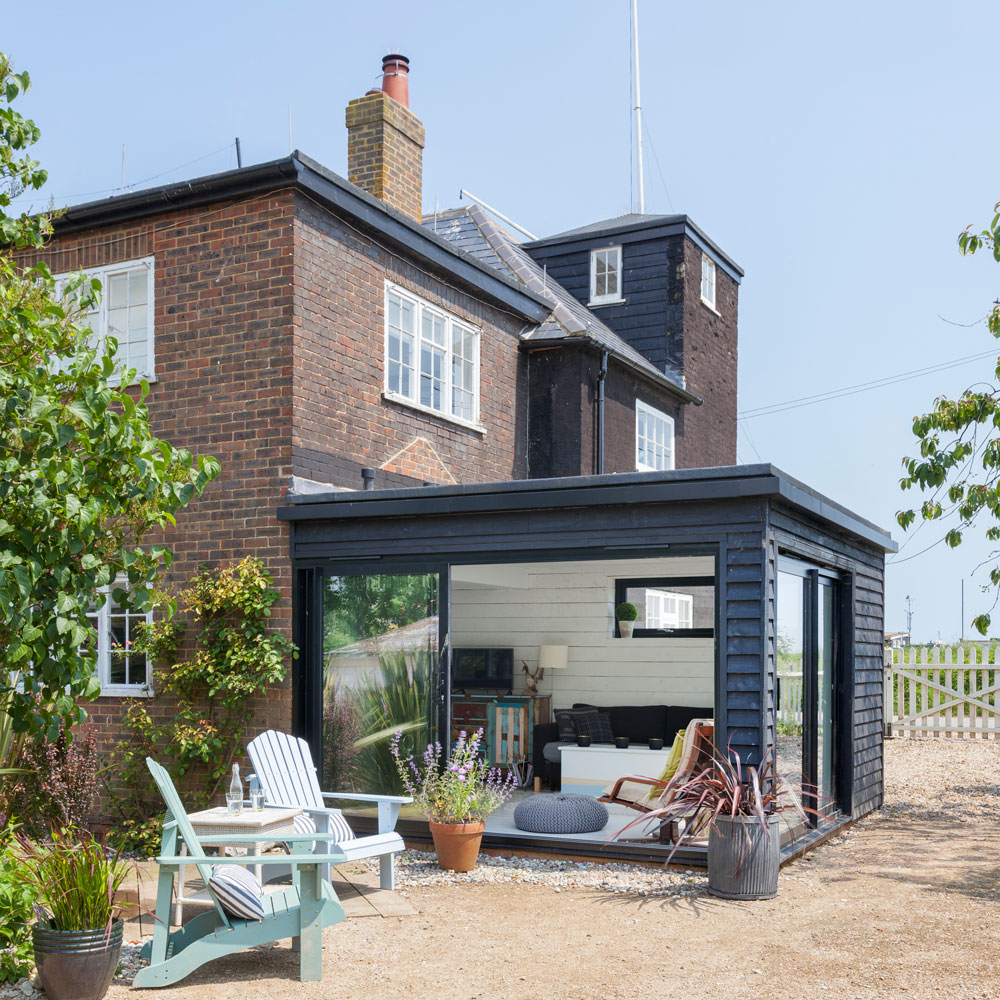
Many buyers focus their attention on the cost of the property, and forget to consider the additional costs that can incur once you have bought it. Below are just some examples of the many costs that you will have to consider once you become the owner of a property:
Building and contents insurance – This is a combined insurance which homeowners pay to cover any damages or losses that may occur to their property, or possessions and contents inside. The average cost for this is £297 per year however, this can be higher or lower depending on the size of your property.
Ground rent – If you are purchasing a leasehold property, you may have to pay the Freeholder a Ground Rent to live there for a certain number of years. The amount you pay can vary depending on the area that you live in, the size of the property, and the Landlord’s expectations.
Service charge and maintenance – Leasehold property owners may also be required to pay a service charge if they live in a communal block or a shared household, to cover the cost of maintaining the building they live in. This could fall anywhere between £1,000 and £2,000 per year, depending on the Landlord you have and the size and facilities of the property.
Council tax – This tax must be paid by occupants of a property to their local council to cover the council’s expenditure. Every property is assigned to one of eight tax bands (A to H) based on their value, and the tax is set as a fixed amount for each band – so the higher the value of your home, the higher your council tax will be.
Parking fees – If you do not own a garage or a driveway, you may need to purchase an annual permit to park on the roadside. This can vary in cost depending on the area. Contact your local council to find out how much parking permits cost in your area.
Gas and electricity bills - Gas and electricity can be paid on a monthly or quarterly basis and can cost anything from £50 to £150 pounds per month depending on your usage.
Water bills - Water bills are calculated based on either the rateable value of the property, or on actual water usage if a water meter is fitted. This can fall anywhere between £20-£50 per month depending on your usage.
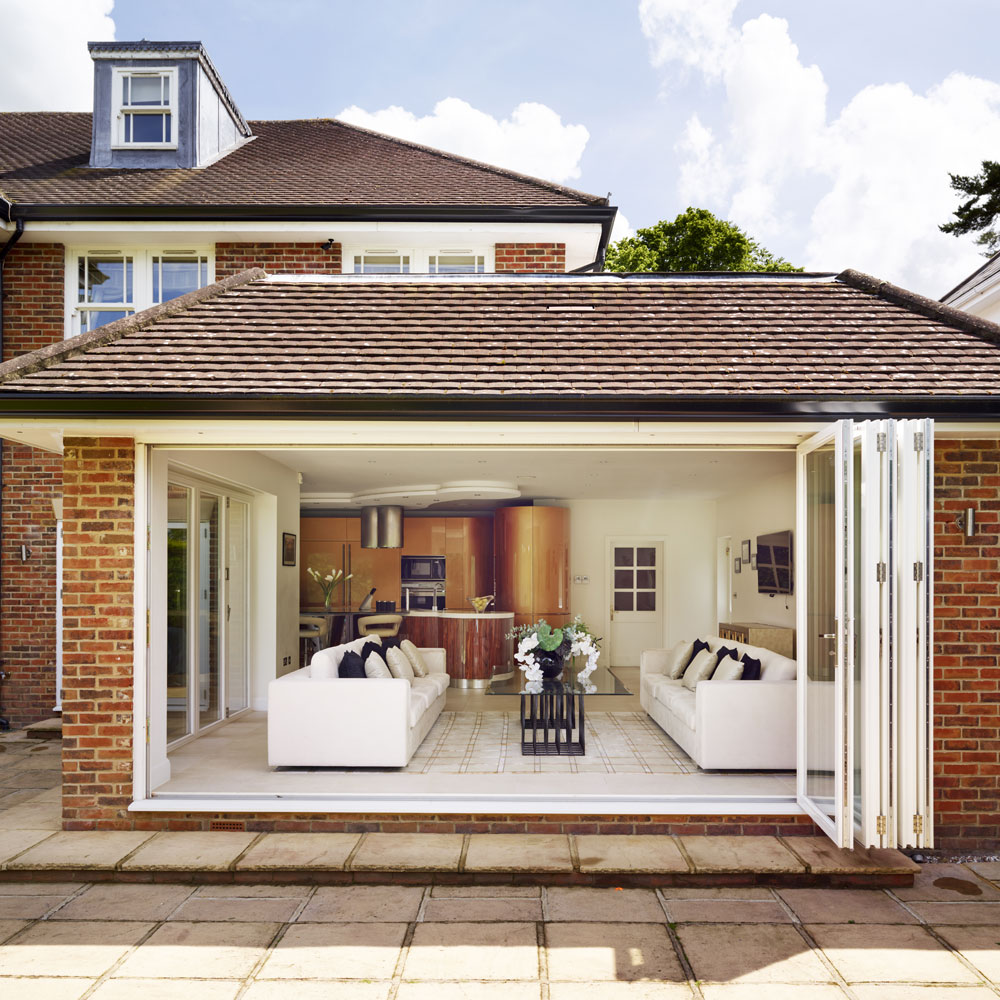
Read more: 10 easy steps to selling your home without an estate agent
Although on their own these costs may seem small, altogether they can add up to a significant amount of money leaving your account each month. Before you make an offer, you should put aside some time to calculate how much these costs will come to and if you can afford them. If the overall amount is too high, you may wish to consider looking at alternative properties in different area or price range.
Did you find our house viewing checklist helpful?
Jennifer is the Deputy Editor (Digital) for Homes & Gardens online. Prior to her current position, she completed various short courses a KLC Design School, and wrote across sister brands Ideal Home, LivingEtc, 25 Beautiful Homes, Country Homes & Interiors, and Style at Home.